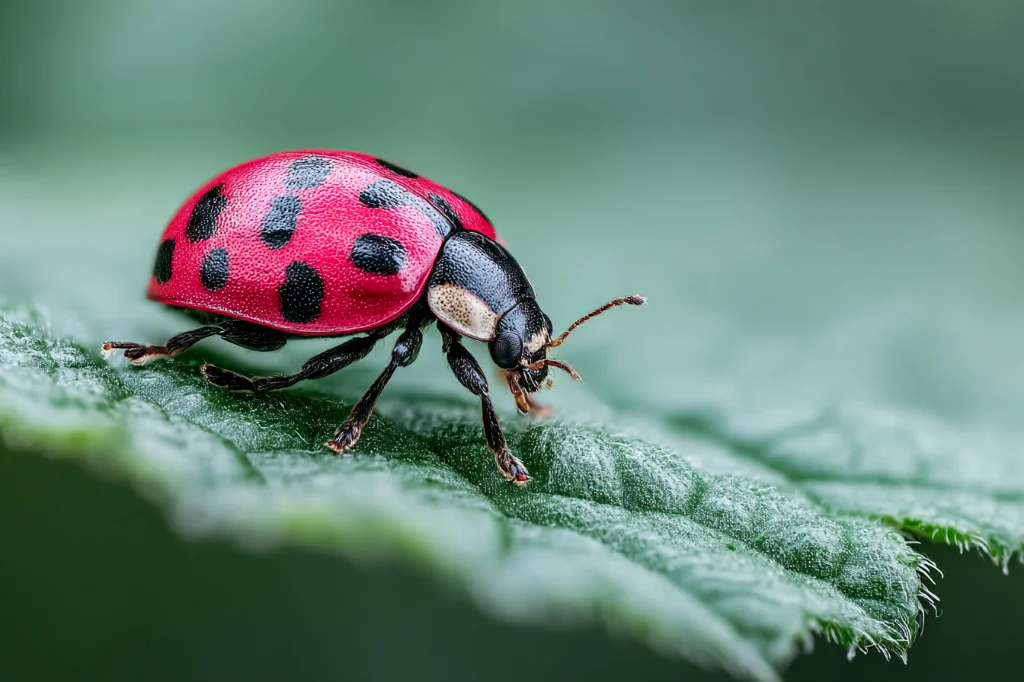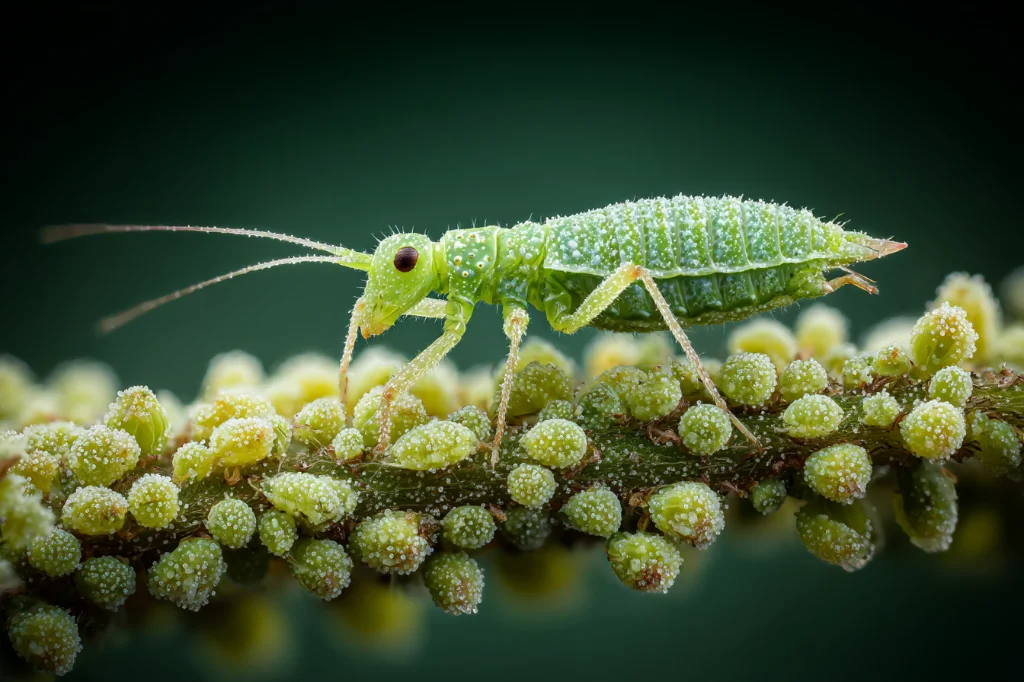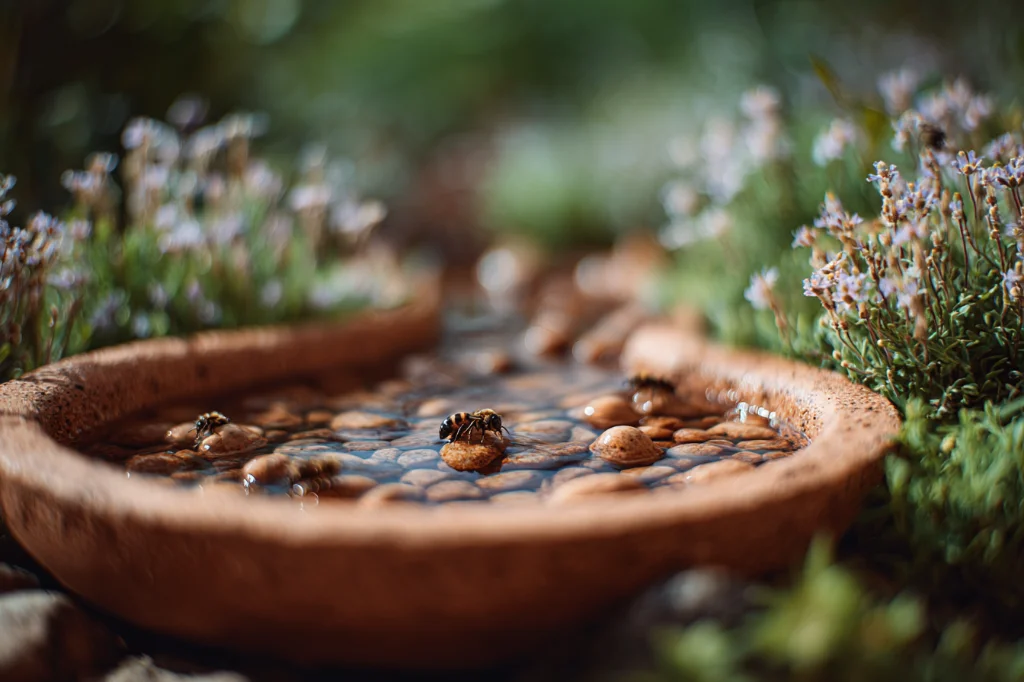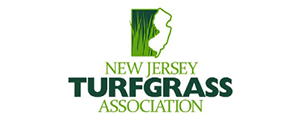Maintaining a lush, healthy garden or lawn doesn’t have to involve harsh chemical pesticides. Nature has its own pest control experts—beneficial insects. These tiny heroes can dramatically reduce pest populations, protect your plants, and enhance the biodiversity of your yard.
In this guide, Greenstripe explores the world of beneficial insects, their critical role in natural pest management, and practical tips on attracting and maintaining these helpful allies.
Understanding Beneficial Insects
Beneficial insects are nature’s pest controllers, helping you achieve a vibrant and balanced garden ecosystem. They provide two essential roles:
- Predators: They hunt and consume harmful pests directly.
- Parasitoids: These insects lay eggs on or inside pests, eventually eliminating them.
Let’s dive into some common beneficial insects and how they can help your garden thrive.
Top Beneficial Insects for Your Garden
Here’s an overview of the most effective beneficial insects:
| Beneficial Insect | Targets These Common Pests | Role in Pest Control |
| Ladybugs | Aphids, scale insects, mites | Predator |
| Lacewings | Aphids, thrips, caterpillars | Predator |
| Praying Mantises | Beetles, caterpillars, grasshoppers | Predator |
| Ground Beetles | Slugs, snails, cutworms, caterpillars | Predator |
| Parasitic Wasps | Caterpillars, aphids, whiteflies, beetle larvae | Parasitoid |
| Hoverflies | Aphids, mealybugs, scale insects | Predator |
| Assassin Bugs | Caterpillars, aphids, beetles | Predator |
Spotlight: Ladybugs (Ladybird Beetles)
Ladybugs are perhaps the most recognized beneficial insects. Each ladybug can consume hundreds of aphids over its lifetime. They are especially effective for vegetable gardens and flower beds. Attract ladybugs naturally by planting pollen-rich plants like dill, fennel, or coriander.

Spotlight: Lacewings
Known as aphid lions, lacewing larvae aggressively feed on soft-bodied insects such as aphids, caterpillars, and thrips. Adult lacewings prefer nectar and pollen, so adding flowering plants like cosmos and sunflowers will encourage them to stay in your garden.

How to Attract Beneficial Insects to Your Yard
To encourage beneficial insects, your garden should provide food, water, and shelter. Follow these practical steps to build a welcoming habitat:
Plant a Diverse Garden
A diverse range of flowering plants provides nectar, pollen, and shelter for beneficial insects. Include these plants to attract the good bugs:
- Flowering Herbs: Dill, coriander, fennel, and parsley.
- Native Wildflowers: Goldenrod, milkweed, and yarrow.
- Annual Flowers: Cosmos, marigolds, and alyssum.
Provide Water Sources
Beneficial insects, like all living organisms, need water to thrive. Set out shallow dishes with rocks or pebbles for insects to safely land and drink without drowning.

Limit Chemical Usage
Avoid chemical pesticides and herbicides as these can harm beneficial insects. Opt instead for eco-friendly pest management strategies like manual removal, beneficial insect releases, or organic treatments.
Incorporate Habitat Structures
Small brush piles, logs, and stones create natural hiding spots and overwintering habitats for beneficial insects like beetles and ground beetles.
Using Beneficial Insects Strategically
Sometimes, pest infestations require a proactive approach. Consider purchasing beneficial insects to release into your yard at the first sign of pests:
- Ladybugs and lacewings: Ideal for aphid outbreaks.
- Nematodes: Excellent for controlling soil-based pests like grubs.
- Parasitic wasps: Highly effective against caterpillar infestations.
Release beneficial insects in the evening when conditions are calm, allowing them to acclimate overnight.
Integrating Beneficial Insects into Your Pest Management Plan
Beneficial insects work best as part of a broader integrated pest management (IPM) strategy:
- Regular Monitoring: Inspect plants weekly to identify pests early.
- Thresholds for Action: Take action when pests surpass manageable levels.
- Natural Controls: Introduce or attract beneficial insects early in the season.
- Selective Treatments: If intervention is necessary, choose targeted, organic products to preserve beneficial insect populations.

Common Mistakes When Using Beneficial Insects
Avoid these pitfalls to ensure success:
- Incorrect Identification: Always verify the pests present before introducing beneficial insects.
- Delayed Introduction: Introduce beneficial insects early, before pest populations become overwhelming.
- Poor Habitat Conditions: Lack of suitable habitat reduces insect retention. Always provide diverse, pesticide-free environments.
Seasonal Tips for Maintaining Beneficial Insects
Keep your beneficial insect allies thriving year-round:
Season | Maintenance Tips |
Spring | Plant early-blooming flowers and herbs. |
Summer | Regularly provide water sources and monitor pest levels. |
Fall | Leave some garden debris (e.g., leaf piles, stems) as overwintering sites. |
Winter | Minimize disturbances to habitats (avoid excessive cleanup). |
By creating the right conditions, you’ll see your beneficial insect populations grow naturally, reducing reliance on external introductions.
Greenstripe’s Commitment to Eco-Friendly Lawn Care
Greenstripe helps homeowners across Essex and Union Counties build sustainable gardens that rely less on chemicals and more on nature’s solutions. Our experts can guide you through implementing beneficial insects into your yard care routine.
Interested in eco-friendly pest control?
Frequently Asked Questions
Which beneficial insects are most effective against aphids?
Ladybugs, lacewings, and hoverflies are among the best aphid predators.
How do I attract beneficial insects naturally?
Plant diverse, flowering herbs and flowers, provide water sources, and avoid pesticides.
Are purchased beneficial insects effective?
Yes, when introduced correctly and early in the infestation cycle, purchased insects can be highly effective.
Do beneficial insects pose any risk to plants or humans?
No, beneficial insects are harmless to plants, humans, and pets—they target only pest species.
How quickly will beneficial insects control pest problems?
While results vary, noticeable control typically occurs within a few weeks, especially if introduced early.



